Living with cats means dealing with shedding. Most cats shed. Some exceptions to this rule are the hairless breeds, such as the Sphynx and Peterbald, as well as a few breeds with extremely short hair like the Cornish Rex and Devon Rex.
Aside from the small number of cat breeds that don’t shed or shed very little, cats whether purebred or mixed breed, shed. How much or how little a cat sheds varies based on the individual cat and the type of hair.
Some cats have double coats, where the coat is comprised of two types of hair. The outercoat consists of longer hairs and the undercoat is made up of short, dense hair that acts as insulation for the cat. The undercoat grows thicker in the winter to keep the cat warm. The outercoat may grow thicker for winter, too.
When the weather warms up, cats shed much of their undercoat, as well as a good amount of outercoat to keep cool. The thick undercoat keeps the cat warmer in winter, but the undercoat also serves a purpose in summer, keeping the longer outercoat lifted a bit off the skin so that air can reach the skin to help cool the cat down.
Seasonal Shedding in Cats
Regardless of how much a cat sheds in general, most cats shed more heavily in the warm weather, as the cat loses it heavier winter coat in preparation for warmer summer temperatures. Cats also sometimes experience a seasonal shed in the Fall as the Summer coat drops out to make way for new growth of the Winter coat.
Seasonal shedding may be less apparent in shorthaired cats and cats with single coats, which do not have an undercoat. In double-coated cats, especially those with long, thick fur, seasonal shedding can be quite dramatic, with some cats losing so much hair that they seem smaller than they did in winter. This is especially true cats who spend time outdoors and who are exposed to the more dramatic fluctuations in temperatures as the seasons change. Indoor cats may not experience this kind of dramatic seasonal shedding since they are usually living in a temperature-controlled environment but will shed continuously throughout the year.
Ways to Control Shedding
Seasonal shedding means you’ll find more than the usual amount of cat hair all over your house, on your clothes, and even floating around in the air. Although you can use one or more of the many wonderful pet hair removers to pick up the cat hair, it’s easier to remove shedding hair from your cat before it ends up everywhere.
Brushing your cats or preening them with cat brush gloves are great way to help control shedding year-round, but it’s especially important during seasonal shedding in the spring and fall. Brushing grabs the hairs that are about to fall out, as well as those that have already fallen out but are still trapped within the hair coat, where they can snarl and develop into mats. Removing these trapped hairs via brushing is vital to preventing mats, which are uncomfortable for your cat and difficult to remove. To avoid the necessity of de-matting your cat, thoroughly brush your cat once a day when you notice an increase in shedding, or ideally continue this practice year-round to minimize shedding and keep your cat's coat looking its best. After seasonal shedding lessons, you can also reduce the frequency of your brushing routine if daily brushing is not something you (or your cat!) can maintain.
Bathing your cat is another helpful strategy for minimizing shedding. Though most cats do not usually need frequent bathing unless they get very dirty, bathing can further help loosen and remove hair that’s in the process of shedding. Before giving your cat a bath, brush the cat very thoroughly, making sure to work out any tangles and getting out as much loose hair as you can.
Next, bathe your cat with a gentle, moisturizing shampoo, working the shampoo down to the skin and massaging gently with your fingertips to dislodge loose hair. Rinse your cat several times to make sure all the shampoo is gone from the coat, then dry with a towel (if your cat is OK with it, you can also use a hairdryer on the low heat setting held 12 inches or more from the cat's fur to prevent thermal burns).
Surviving the Seasonal Shed
For people who love cats, shedding is just part of the package. But it’s possible to stay on top of shedding so your house isn’t completely covered in cat hair. Double down on brushing during Spring and Fall, and consider a bath or two to help move things along. Once the seasonal shed is over, you’ll go back to the normal amount of cat hair in the house.

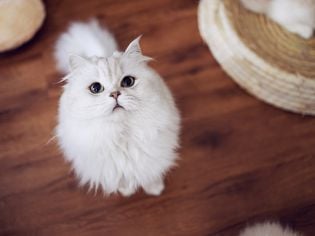
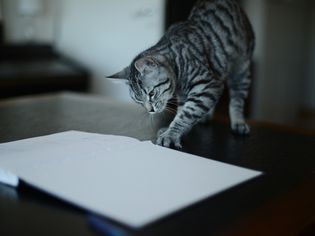

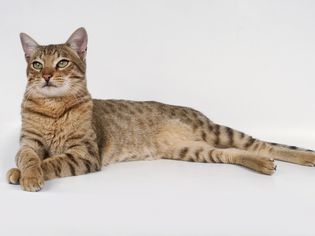

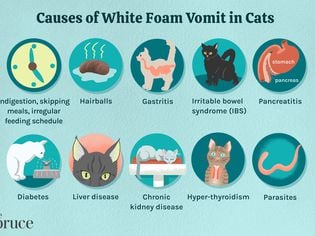

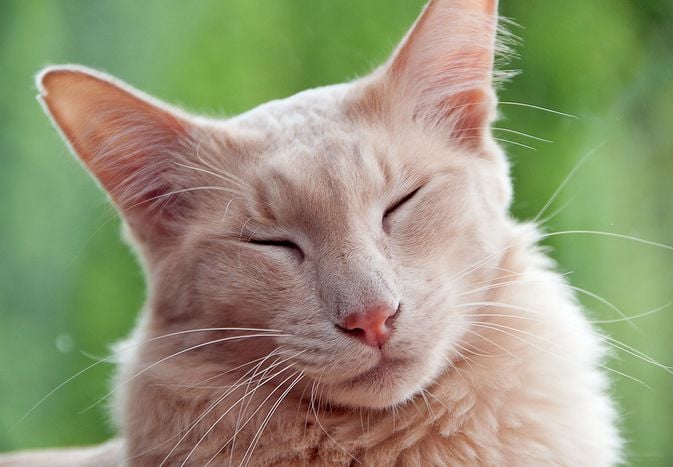
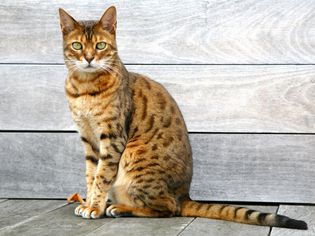
Comments on " When Do Cats Shed the Most?" :